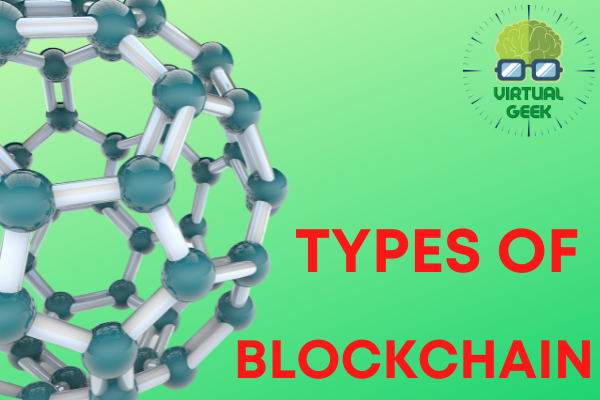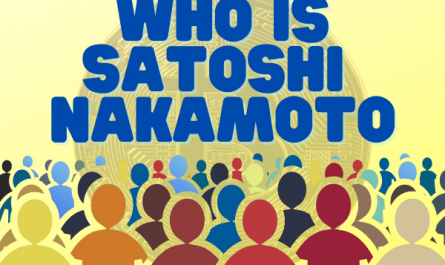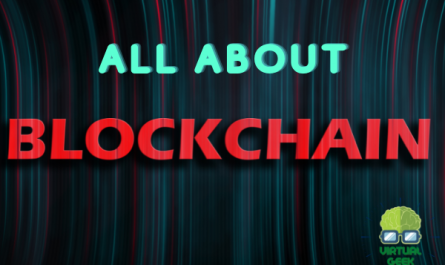Table of Contents
There are different types of Blockchains designed for different purposes and that break different problems presented by the” original” Blockchain. Let’s see why there’s a need for these different types, what they’re and their differences.
Substantially we can find four different types of Blockchain:
- Public
- Private
- Federated
- Hybrid
The Public Blockchain is a Blockchain with the distributed tally without authorization where anyone can join and make deals. It’s a type of network that offers no restrictions and where anyone can have a dupe of the tally in their possession and thus pierce the Blockchain.
Both evidence- of- work( PoW) and evidence- of- stake( PoS) can be used as a agreement system to corroborate deals. This verification work falls to the bumps that share in the network, and without which, thus, the public blockchain would cease to serve.
A private blockchain, unlike public bones, works in a unrestricted terrain where whoever wishes to join and share directly in it can not do so without the authorization or authorization of the network director.
This changes the nature of the private blockchain from decentralized to consolidated due to that being authority that controls the network.
A allied Blockchain is used to break the conditions of associations where there’s a need for public and private Blockchain features, being suitable to choose which parts of the association will belong to one realm or the other.
Consensus in this type of Blockchain is achieved thanks to a series ofpre-established bumps that are specifically in charge of this function. Although it isn’t open to individualities, it still retains the decentralized nature. This is possible as this type of Blockchain is managed by further than one association, so no bone is in control.

Mongrel blockchain is stylish defined as a combination of a public and private blockchain, and where the stylish features of one and the other are generally chosen to make up the network.
The Internet of Effects( IoT) is a lately chased term to relate to the growing number of bias, which aren’t traditional computing bias, but are connected to the Internet with the sole function of transferring the data they’re collecting and entering instructions, either by the proprietor of the device or by the manufacturer itself.
They’re Internet- connected bias, so each bone has an IP address. They range from independent vehicles that transport products around a plant to simple detectors that cover the temperature in structures. They also include particular bias similar as smart watches that cover the number of way we take per day or how we’ve slept. For that data to be useful, it needs to be collected, reused, filtered and anatomized, each of which can be handled in different ways.
Blockchain has been enforced with IoT across diligence, including banking, fiscal services, automotive and husbandry. It has also been used with IoT in smart homes, force chains, logistics and in the now familiar smart contracts. The ultimate apply Blockchain to IoT ecosystems to automatically execute a contract once certain conditions are met. This is what allows a smart device to operate on its own without the need for a centralized authority.
This operation of Blockchain technology enables enterprises to manage data on border bias in an IoT system, reducing the costs associated with maintaining and transferring IoT device data. It reduces the pitfalls of managing data, because there’s no centralized depository where it all accumulates and the tally isn’t vulnerable to cyber-attacks. Eliminates the IoT gateway or any other intermediate device for data exchange and reduces the time needed to reuse the data.
IF YOU ARE INTERESTED IN LEARNING MORE, VISIT THE COMPLETE FREE BLOCKCHAIN COURSE BY CLICKING HERE





